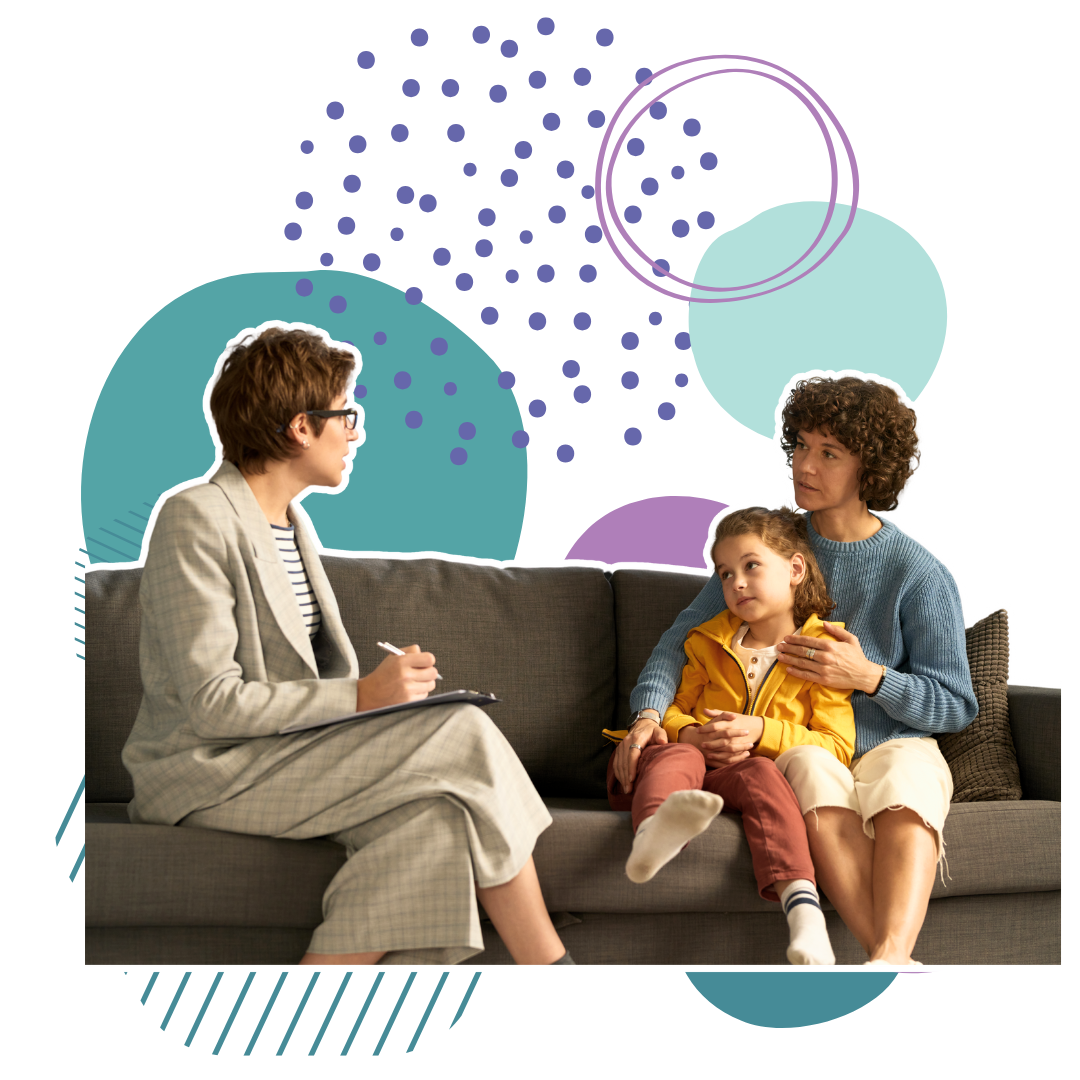Social workers are often the heartbeat of a family’s care team. They’re the ones holding space, navigating systems, and offering vital support during some of the most vulnerable moments a family may ever face.
While social workers don’t provide hands-on care like massage therapists or nurses, they are in a unique position to introduce meaningful, empowering tools to the families they serve. One of those tools is pediatric touch therapy, not by giving it, but by guiding parents and caregivers to learn it.
Teaching Families to Use the Power of Touch
Touch therapy is a gentle, nurturing way to help children regulate, rest, and reconnect. And when a parent or caregiver learns how to safely provide massage and touch therapy techniques, it becomes a shared experience of care, something they can do with their child, rather than watch others do for them.
For families coping with:
- Medical complexity
- Developmental or sensory challenges
- Emotional trauma or grief
- A lack of consistent support systems
… being taught how to use touch therapy can restore a sense of control, confidence, and closeness.
A Tool for Connection and Coping
Social workers often support families navigating stress, fear, and grief. Touch therapy, when taught by certified instructors, can offer families:
- A healthy, non-verbal way to connect with their child
- A calming bedtime or hospital routine
- A way to support a child’s comfort during medical care
- An opportunity for siblings to bond with one another
- A way to support healing when words are hard to find
It becomes part of the emotional safety plan, not just for the child, but for the whole family system.
How Social Workers Use Touch Therapy in Practice
Many social workers we’ve trained at the Liddle Kidz® Foundation go on to:
- Organize parent education workshops
- Facilitate support group sessions with massage demonstrations
- Collaborate with therapists and hospital staff to integrate touch therapy education into discharge planning
- Offer one-on-one coaching for caregivers on how to create calming routines at home
- Share resources and handouts about the benefits of infant and pediatric massage
All of this can be done without ever providing hands-on care, but by being the bridge that connects families to the support they need.
Leading with Trust and Trauma-Sensitivity
Because social workers are often already trauma-informed and trained in family systems, they’re especially well-equipped to introduce touch therapy in a thoughtful, safe, and culturally responsive way.
They know how to ask the right questions.
They understand when a family needs more time.
And they listen, not just to what’s said, but what’s felt.
Small Actions, Big Impact
Imagine a caregiver who feels helpless being shown how to soothe their child’s tummy ache with a simple massage. Or a parent whose child is in palliative care learning to use gentle techniques to bring comfort during their final days.
That kind of empowerment doesn’t just ease the child’s discomfort, it heals part of the parent’s heart, too.
To all the social workers making space for healing, advocacy, and family-centered care, pediatric touch therapy education is a gift you can give families that lasts long after the appointment is over.

